Individual Therapy
Individual therapy is the treatment of mental or emotional disorders and adjustment problems using psychological techniques rather than through physical or biological means.
Individual Therapy: Psychoanalysis the first modern form of psychotherapy was called the “talking cure”. The many varieties of therapy practiced today are still characterized by their common dependence on a verbal exchange between the counselor or therapist and the person seeking help.
The therapeutic interaction is characterized by mutual trust, with the goal of helping individuals change destructive or unhealthy behaviors, thoughts, and emotions. It is common for experienced therapists to combine several different approaches or techniques.
Psychodynamic Approach: Freudian psychoanalysis places emphasis on uncovering unconscious motivations and breaking down defenses. Therapy sessions may be scheduled once or twice a week for a year or more. This type of therapy is appropriate when internal conflicts contribute significantly to a person’s problems.

Behavioral Techniques: In contrast to the psychodynamic approach, behavior-oriented therapy is geared toward helping people see their problems as learned behaviors that can be modified, without looking for unconscious motivations or hidden meanings.
According to the theory behind this approach, once the behavior is changed, feelings will change as well. Probably the best-known type of behavioral therapy is behavior modification, which focuses on eliminating undesirable habits by providing positive reinforcement for the more desirable behaviors.
Another behavioral technique is systemic desensitization, in which people are deliberately and gradually exposed to a feared object or experience to help them overcome their fears. A person who is afraid of dogs may first be told to visualize a dog, then is given a stuffed toy dog, then exposed to a real dog seen at a distance, and eventually forced to interact with a dog at close range.
Relaxation training is another popular form of behavior therapy. Through such techniques as deep breathing, visualization, and progressive muscle relaxation, individuals learn to control fear and anxiety.
Individual Therapy: Cognitive Methods Some behavior-oriented therapy methods are used to alter not only overt behavior but also the thought patterns that drive it. This type of treatment is known as cognitive-behavioral therapy (or just cognitive therapy). Its goal is to help people break out of distorted, harmful patterns of thinking and replace them with healthier ones. Common examples of negative thought patterns include magnifying or minimizing the extent of a problem; “all or nothing” thinking (i.e., a person regards himself as either perfect or worthless); overgeneralization (arriving at broad conclusions based on one incident, for example); and personalization (continually seeing oneself as the cause or focus of events).
In cognitive-behavioral therapy, a therapist will talk to the patient and point out illogical thought patterns, or use a variety of techniques, such as thought substitution, in which a frightening or otherwise negative thought is driven out by substituting a pleasant thought in its place. Patients may also be taught to use positive self-talk, a repetition of positive affirmations. Cognitive therapy usually takes an extended amount of time as it treats more serious problems.
Source: Encyclopedia for Mental Disorders

